Indian Ocean’s Maldives span equator with visions of sea life, watery wonders
Shore excursion allows for exploration of Malé and more.
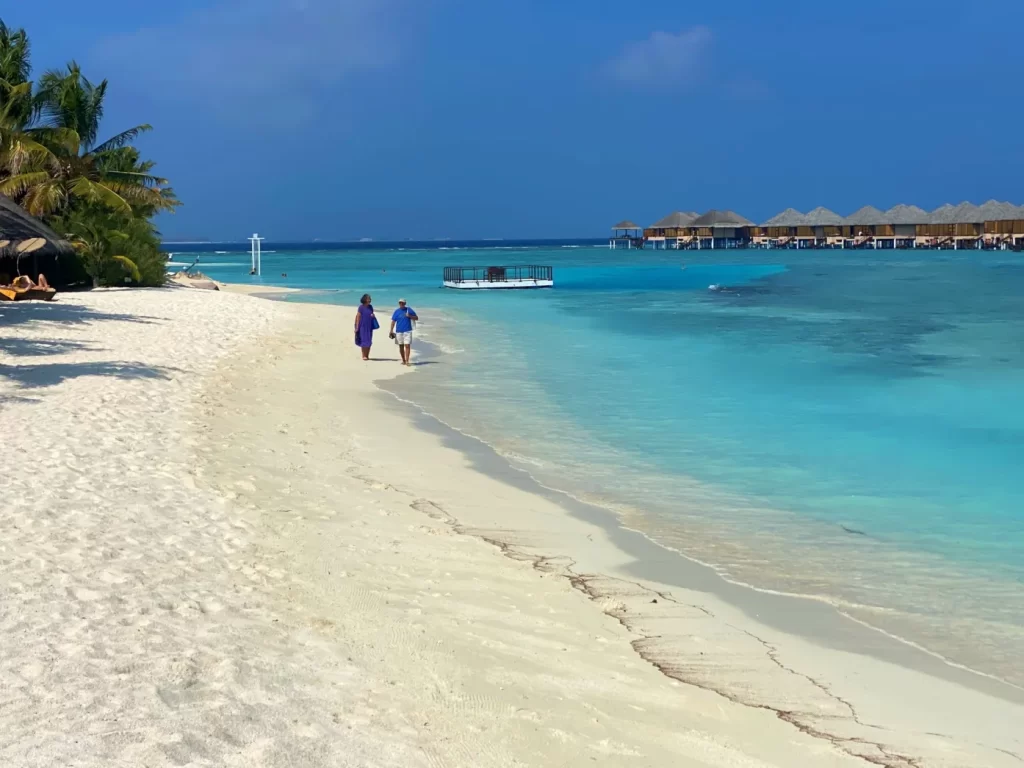
Strolling along a white sand beach on the Maldives island atoll of Adaaran Vadoo reveals a string of over-water bungalows along a boardwalk just offshore. (Janet Podolak)
One of the beauties of a cruise is the ability it gives a passenger to check out future destinations.
So I was filled with anticipation to learn that Oceania Cruises’ Nautica would be at the port of Malé, the capital of the Maldives chain of islands, earlier this year. As a Pisces and true water-lover, the Maldives, in the Indian Ocean, have been on my must-visit list almost forever.
My 32-day cruise with Oceania was halfway to its ending in Bangkok, Thailand. Aboard the Nautica, we’d begun in Cape Town, South Africa, and had visited three ports in that country before continuing on to Madagascar and the Seychelles. India and Malaysia were still ahead.
I knew the tropical Maldives were a dream destination for honeymooners and scuba divers and had dozens of resorts with over-the-water bungalows, underwater guest rooms and even restaurants beneath the translucent topaz sea. I also knew that rising seas were swamping many of the islands and that Maldives President Ibrahim Mohamed Solih had told the United Nations that climate change would make 80 percent of islands uninhabitable by 2050.
It was a shock to see Malé grow closer as we viewed it from the ship’s tender, taking us to meet the local boat we would join at the pier to reach our island for a beach day. Instead of the sleepy tropical town I’d expected, Malé was a bustling city punctuated by domed mosques and soaring minarets, where the call to prayer rang out five times a day. Horns blared as motorcycles and cars crowded the waterfront promenade to create a challenge crossing on foot from the pier to the shopping area we’d hoped to visit.
With its 150,000 residents and businesses crammed onto a 500-acre island, Malé is one of the world’s most densely populated cities.
Wearing swimsuits beneath our beach wraps, my daughter Sascha and I knew we’d have to cover up to shop among locals on this Muslim island. So with city clothes folded in our beach bags, we deferred shopping for later and got in line for the boat to our beach-day resort island.
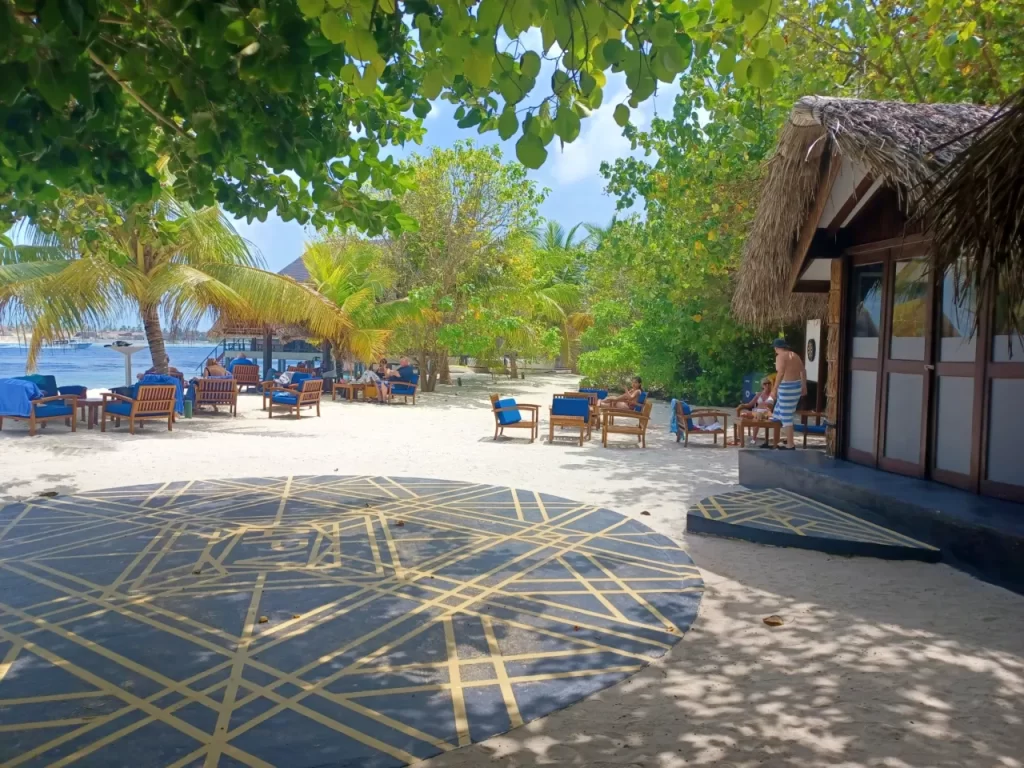
Being barefoot on paths through the sand is part of the appeal with beach chairs for lounging in the shade and thatch roof shops for snorkel equipment, hats and T-shirts. (Sascha Nelson)
The 200 inhabited islands of the Maldives, with tongue-twisting names such as Adaaran Vadoo, Centara Ras Fushi and Hulhumale, are government-owned islands privately leased for the development of resorts and the expansion of tourism, the main generator of revenue for the island group.
Getting between them largely means going by boat although more distant islands may be reached by flights.
The coral atolls forming the low-lying islands are the submerged crowns of a north-south volcanic mountain range covering 35,000 square miles and crossing the equator. Temperatures year-round range between 76 and 86 degrees, with a southwest monsoon season bringing rain between May and August. Dry and mild breezes occur between December and March, the time of our visit. None of the islands rises more than six feet above sea level.
Amid the vivid underwater corals, snorkelers and divers are promised moray eels, eagle and manta rays, blue-lined snappers, orange clownfish, oriental sweetlips and Moorish idols, along with loggerhead and leatherback sea turtles.
Just 40 minutes later we disembarked in the gardens of the palmy Adaaran Vadoo, where island resort staffers oriented us to hammocks, bars and snorkel equipment and showed us where to gather for our noon buffet lunch.
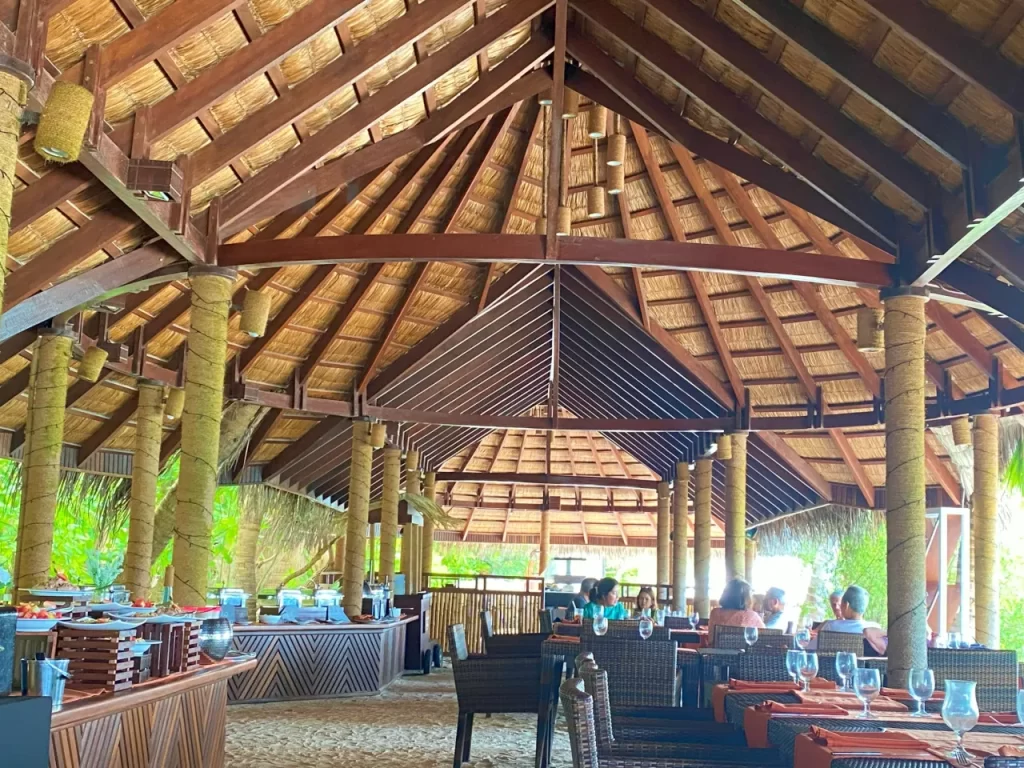
A luncheon buffet set up beneath a thatched roof beach pavilion drew passengers to a day at a resort in the Maldives. (Janet Podolak)
With seven hours for this visit, we didn’t hesitate when asked if we wanted to book a massage and made an appointment for a half-hour later, getting directions for reaching the Mandara spa. It was in its own bungalow on the boardwalk leading to the resort’s over-the-water bungalows.
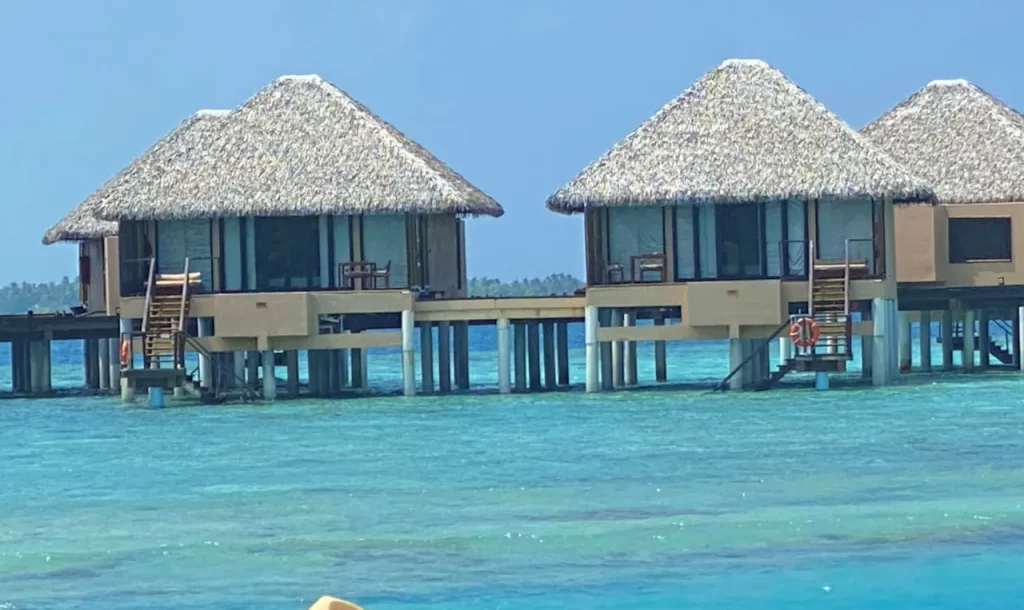
Over-the-water thatched bungalows have ladders into the sea and often have a transparent floor for viewing sea life from indoors. (Janet Podolak)
A Plexiglas floor beneath the massage tables let us watch colorful fish swimming beneath us, soothing the way to serenity. Sascha and I later agreed that the Balinese massage we received was one of the best ever.
Totally relaxed and slathered with sunscreen, we walked the beach, viewed the pretty bungalows and located the thatch-roofed pavilion where our buffet lunch was being put out. A small reef shark just offshore seemed to follow us, inspiring Sascha to film it to email to her grandson, accompanied by the Baby Shark tune.
After a short siesta in the palmy shade, we joined other passengers at a table and lined up for a delicious buffet meal. Although Muslims are forbidden to drink alcohol or eat pork, those rules don’t apply to visitors, so we were able to order wine and beer with our meals. Staking out chairs for lounging on the beach, we waded and snorkeled in the warm, blue fish-filled waters and ordered cold water to hydrate. The time passed all too quickly, and soon it was time to return to Malé.
Before boarding the return boat, we showered our sandy bodies, toweled off and then dressed for shopping in Malé, stashing swimsuits in the plastic bags we’d brought. Modestly covering ourselves from shoulders to knees, we soon discovered that tourists aren’t held to quite the same standards as Muslim women, who need to also cover their hair, arms and lower legs.
Back in the city, taxi drivers and guides waited on the pier for passengers who, like us, wanted to see some of the city before returning to the ship. Weaving on foot among motorcycles waiting in traffic, the guide we chose took us to shops just across the street from the port.
“They’re owned by my cousin,” he said. “I’ll make sure you get a good deal.”
Although quite certain he was earning some kind of commission from the merchant on the purchases we made, my daughter and I were happy with our Maldives finds, and each of us tipped him $5 in U.S. dollars for our hour-long shopping spree.
Others among our fellow passengers were returning on boats from shore excursions that took them scuba diving, on a submarine 120-feet below the surface, to an island village or on a walking tour of Malé that included a local market. Over dinner aboard the ship that night we’d hear their stories and learn about their own Maldives adventures.
I was certain many of them would be back in the Maldives another time.

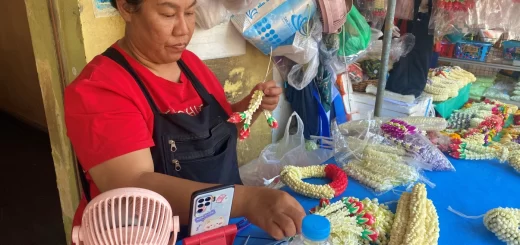
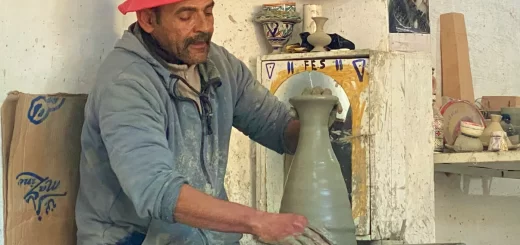
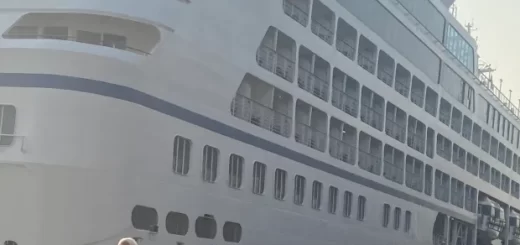
Recent Comments